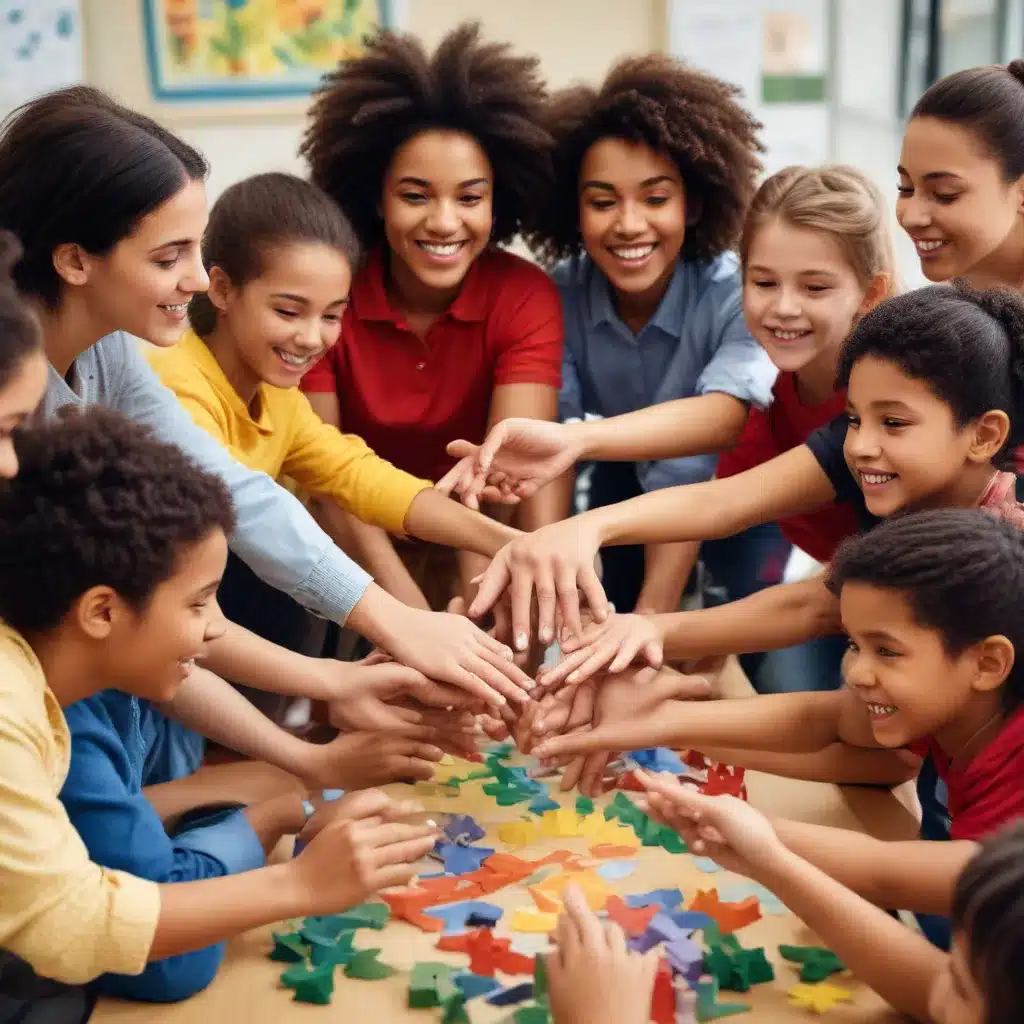
Embracing Differences and Fostering Inclusive Learning Environments
In today’s increasingly diverse classrooms, it is more important than ever for educators to incorporate culturally responsive teaching practices. As the demographics of our schools continue to evolve, with minority students now making up the majority in public schools nationwide, it is crucial that our curriculum and teaching methods reflect and celebrate this rich tapestry of backgrounds and experiences.
Culturally responsive teaching is a student-centered approach that recognizes and values the unique cultural strengths and perspectives that each child brings to the classroom. By designing inclusive learning experiences and fostering an environment of openness and respect, teachers can better engage diverse learners and promote success for all students.
Understanding and Addressing Bias
One of the first steps in becoming a culturally responsive educator is examining our own biases and preconceptions. We all carry inherent beliefs and assumptions, often shaped by our upbringing, education, and life experiences. These biases, whether conscious or unconscious, can significantly impact how we view and interact with our students.
It is crucial for teachers to take the time to reflect on their personal biases and how these might manifest in the classroom. Are there certain students or groups that we may have lower expectations for? Do we inadvertently favor particular learning styles or modes of expression over others? By acknowledging these biases and making a concerted effort to address them, we can create more equitable and inclusive learning environments.
Designing Culturally Responsive Curriculum
Crafting a curriculum that authentically represents and celebrates diversity is another key component of culturally responsive teaching. This goes beyond simply including token references to different cultures or holidays. It involves a deep examination of the content, materials, and resources used in the classroom.
When reviewing curriculum, consider the following questions:
- Do the readings, textbooks, and other materials reflect the diverse backgrounds and perspectives of our students?
- Are the examples, analogies, and case studies used in lessons relevant and accessible to all learners?
- Are there opportunities for students to share their own cultural knowledge and experiences?
- Are assessment methods varied and inclusive, allowing students to demonstrate their learning in multiple ways?
By embedding culturally responsive elements throughout the curriculum, we can create learning experiences that are meaningful, engaging, and empowering for all students.
Fostering Inclusive Classroom Environments
In addition to curriculum design, cultivating an inclusive and supportive classroom environment is essential for culturally responsive teaching. This involves actively validating and celebrating the diverse cultural identities and backgrounds of our students.
Some strategies to foster an inclusive classroom environment include:
- Encouraging students to share their personal experiences, beliefs, and perspectives
- Incorporating cultural celebrations, traditions, and customs into classroom activities
- Displaying artwork, literature, and other resources that represent diverse cultures
- Inviting guest speakers and community members to share their knowledge and experiences
- Utilizing teaching methods and instructional practices that cater to different learning styles and needs
By creating a classroom culture that values diversity and promotes a sense of belonging, we can help all students feel seen, heard, and empowered to succeed.
Engaging Families and the Community
Culturally responsive teaching doesn’t just happen within the four walls of the classroom. It also involves meaningful engagement with families and the broader community. By building strong partnerships and fostering open communication, teachers can better understand the unique backgrounds and needs of their students, and families can become more actively involved in their children’s education.
Some strategies for engaging families and the community include:
- Reaching out to families before the school year begins to learn about their cultural backgrounds and interests
- Providing translation services and accessible communication channels to ensure all families can participate
- Inviting families to share their cultural traditions and expertise with the class
- Collaborating with community organizations and leaders to bring in guest speakers and resources
- Encouraging families to volunteer, attend school events, and participate in decision-making processes
By embracing the diverse experiences and perspectives of our students’ families and communities, we can create a more holistic and supportive learning environment.
The Benefits of Culturally Responsive Teaching
Implementing culturally responsive teaching practices can have a profound impact on student success and overall school climate. When students see themselves and their cultural identities reflected in the curriculum and classroom environment, they are more likely to feel engaged, motivated, and empowered to achieve their full potential.
Furthermore, culturally responsive teaching helps prepare all students for the diverse and interconnected world they will navigate beyond the classroom. By fostering an appreciation for cultural differences and a commitment to equity and inclusion, we can nurture the next generation of globally-minded and culturally-competent citizens.
Conclusion
As the demographics of our schools continue to evolve, it is essential that we as educators embrace the rich diversity of our students and design learning experiences that are inclusive, engaging, and empowering for all. By incorporating culturally responsive teaching practices into our curriculum, classroom environments, and family/community engagement efforts, we can create a more equitable and supportive educational experience for every child.
The Stanley Park High School community is committed to celebrating diversity and fostering a culture of inclusion. We encourage all teachers, staff, and families to explore the resources and strategies outlined in this article, and to continue learning and growing as culturally responsive educators.

